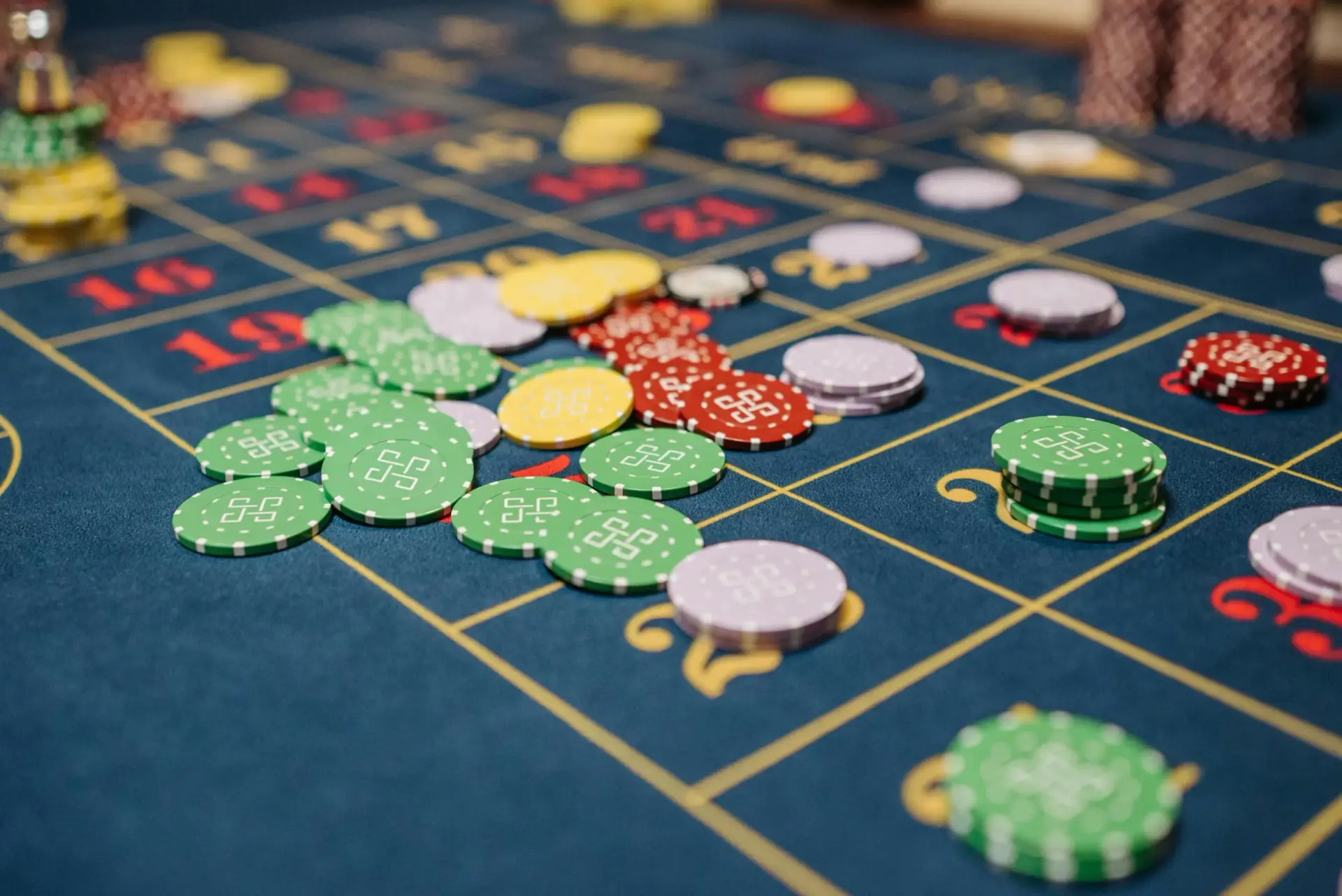What sets video poker apart from classic poker? The difference lies in the fundamental logic of their execution. Video poker is a single-session game against a software algorithm, similar to a simulation of five-card draw, run on a terminal, computer, or mobile app. The player interacts with a digital interface, makes decisions instantly, and the result is automatically generated. Classic poker, on the other hand, is based on real competition between people, requires live communication, bluffing, tactical flexibility, and the ability to read the intentions of other participants.
In terms of gaming conditions, video poker provides complete anonymity, no pressure from opponents, and a fixed payout structure. Tables for classic poker are always subject to variability – opponents’ styles, bank size, positions at the table, and decision-making times vary depending on the dynamics of the game.

Algorithms and Probabilities: How Video Poker Differs from Classic Poker
The difference between video poker and classic poker is evident in their approach to mathematics. The first format operates on a random number generator (RNG) programmed for a strictly fixed distribution. For example, in the most common version of Jacks or Better, each hand is formed from a standard 52-card deck without repetitions or subsequent interference. Probabilities are strictly calculated: a pair of jacks occurs in 21.46% of hands, a straight in 4.61%, a flush in 3.03%, a full house in 1.15%.
In classic poker, there is no constant probability – only estimates. Everything depends on the number of players, the number of open cards, opponents’ styles, and current bets. Calculations happen in real-time and require high adaptability. Situations constantly change, and no hand repeats.
Bankroll Management: Differences in Betting Strategy
The financial model is another parameter that clearly shows how video poker differs from classic poker. In the first type, the bet is fixed. Typically, the machine offers a choice of 1 to 5 coins. The maximum payout (up to 800:1 for a royal flush) is only available when betting 5 units, making the full bet size the most efficient in terms of risk and reward ratio.
Classic poker offers dynamic options – limit, pot-limit, and no-limit. Here, bankroll management is important: proper evaluation of the pot, fold equity, river probabilities, and readiness for an all-in. The player doesn’t just press a button but builds a behavior model throughout the session.
Formats and Varieties: How Video Poker Differs from Classic Poker
The varieties of video poker are limited but clearly structured. The most popular ones are:
- Jacks or Better – the basic version where a pair of jacks is considered the minimum winning hand.
- Deuces Wild – twos replace any cards, increasing the frequency of higher combinations.
- Bonus Poker – increased payouts for four of a kind with aces, kings, queens, and jacks.
- Double Bonus – even more aggressive payout scale with a focus on four of a kind.
Classic poker is represented by dozens of formats: Texas Hold’em, Omaha, Seven Card Stud, Razz, 2-7 Triple Draw, HORSE. Each requires mastering specific rules, differing in both the number of cards and trading structure.
Psychological Element: Where Emotional Control is Required
One of the clear answers to how video poker differs from classic poker is the complete absence of psychological pressure. The first format eliminates the human factor: the program doesn’t bluff, read emotions, or set traps. Victory depends solely on understanding probabilities and following an optimal strategy.
In classic poker, psychology plays a key role. Players use facial expressions, timing, non-verbal signals, and intonations to gather information. Bluffing, semi-bluffing, traps, and provocations are standard tools of an advanced player. Here, winning depends not only on a strong hand but also on the ability to demonstrate weakness or strength at the right moment.
Practical Gameplay: Step-by-Step Guide to Video Poker
To understand how to play video poker, simply follow a basic scenario:
- Choose a machine and format – for example, Bonus Poker with an 8/5 payout table (8 coins for a full house, 5 for a flush).
- Determine the bet – it’s advisable to activate the maximum bet (5 coins) for access to increased payouts.
- Receive 5 cards – the program deals the starting hand.
- Choose which cards to hold – the player keeps potentially advantageous cards and discards the rest.
- Get replacements – the program automatically provides the missing cards.
- Evaluate the result – the combination is checked against the payout table, and if you win, the winnings are credited.
To increase chances, many use strategic tables with mathematically calculated actions. For example, when having a pair and three cards to a flush, the correct decision would be to keep the pair.
Pace, Duration, and Engagement: Impact on Experience
The duration of a video poker gaming session is 2-3 minutes for about ten hands. On average, an experienced user plays up to 500 hands per hour at a terminal, receiving immediate results. This format is suitable for short gaming sessions, trips, and breaks in everyday activities.
Classic poker requires 30 to 45 minutes for one tournament stage or 60-90 minutes at a cash table. Here, concentration, patience, the ability to wait for a strong hand, or enter the game at the right time are important. Tournament poker can last up to 8 hours.
Platforms, Devices, and Accessibility
Video poker is easily accessible on Android, iOS, Windows platforms, as well as on offline terminals in land-based casinos. Popular apps include Video Poker Classic, Double Bonus Poker, Multi-Strike. All programs are optimized for touch control and automatically save sessions. Most offer a risk-free training mode.

Classic poker is available on browsers and through clients on major platforms like PokerStars, GG Poker, Partypoker. Tournaments run on a schedule, and participation requires registration, verification, and often payment of a buy-in. Here, a complete gaming environment is created with rankings, leaderboards, and achievement systems.
So, What Sets Video Poker Apart from Classic Poker?
Video poker offers a quick start, predictability, and control. The traditional format requires patience, strategic thinking, and social intelligence. Both formats are useful depending on the context – one teaches playing with probabilities, the other managing uncertainty.
 en
en  ru
ru  de
de  ar
ar  es
es  nl
nl  hi
hi  fr
fr  it
it  pt
pt  el
el 












